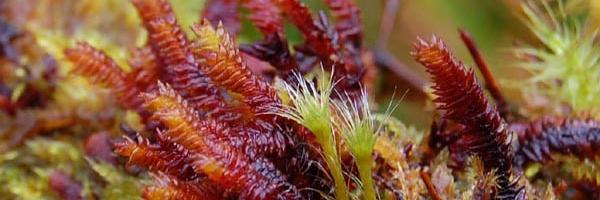
Liverworts (Marchantiophyta) and hornworts (Anthocerotophyta) are pivotal in our understanding of early land plant evolution. They form a conspicuous and important component in many terrestrial ecosystems throughout the world. There remains a critical need to synthesize the vast amount of nomenclatural, taxonomical and global distributional data for liverworts and hornworts. This is fundamental in the efforts towards developing a working list of all known plant species under the auspices of the Convention on Biological Diversity (CBD). Such a synthesis has far reaching implications and applications, including providing a valuable tool for taxonomists and systematists, analyzing phytogeographic and diversity patterns, aiding in the assessment of floristic and taxonomic knowledge, and identifying geographical gaps in our understanding of the global liverwort and hornwort flora. This website outlines an international consortium referred to as the Early Land Plants Today (ELPT) project. There are three fundamental components to the project: 1) a worldwide checklist of liverworts and hornworts; 2) regional or local distribution checklists; and 3) the synthesis of the taxonomy, systematics, and nomenclature on a taxonomic group-bygroup basis. The latter, in particular, represents the first endeavour of its kind and will appear as a series of forthcoming papers in Phytotaxa, where ELPT collaborates closely with taxonomic specialists validating and verifying nomenclatural and type data, authorities, original citations, as well as auxiliary data associated with specific taxonomic groups.
An overview of the project, objectives, methodology, and products is avilable at the free and open access paper - here.
This is a collaborative effort spearheaded by The Field Museum and the Norwegian University of Science and Technology (NTNU). Currently, over 25 individuals are participating from 20 institutions representing 12 countries.
This project was kindly supported by GBIF (Award No. 2007-41) in its early inception.

